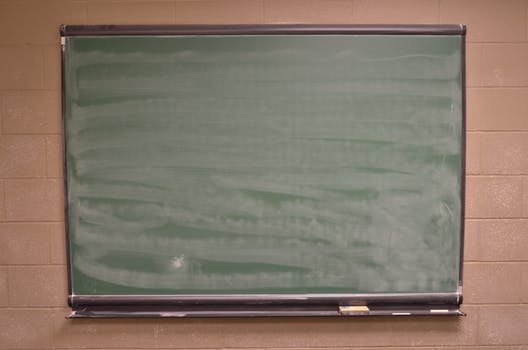Are you looking for ways to teach students to make good use of their study time? If so, keep reading.
1. Urge the student to create an understanding of the consequences of their behavior by writing down or talking through problems that may happen due to their procrastination (e.g., unfinished tasks, low test scores, lack of credit).
2. Urge the student to manage their everyday lives as if they were self-employed. This should increase their motivation to use study time effectively and fulfill their duties.
3. Get the student to ask for instant clarification of the instructions.
4. Urge the student to reward himself/herself (e.g., a ten-minute break, speak briefly with a relative, telephone a friend, etc.) for finishing a task within the amount of time allotted.
5. Create task rules (e.g., listen to instructions, wait until all instructions have been given, ask questions about things that you do not understand, make sure you have all the appropriate learning materials, begin tasks only when you are sure about what you are supposed to do, etc.).
6. Create classroom rules: • Remain on-task. • Complete assignments quietly. • Remain in your seat. • Finish tasks. • Meet task requirements. Examine rules often. Praise students for following the rules.
7. Get the student to keep a chart or graph representing the number of class tasks finished during study time.
8. Assess the appropriateness of the task to ascertain (a) if the task is too easy, (b) if the task is too complicated, and (c) if the duration of time scheduled to finish the task is sufficient.
9. Tell the student that work not done during study time will have to be done during other times (e.g., break time, leisure time, after school, etc.).
10. Follow up a less desirable task with a highly desirable task. Make the following of oral instructions and conclusion of the first task appropriate to perform the second task.
11. Provide instructions in an assortment of ways to increase the likelihood of comprehension (e.g., if the student fails to understand oral instructions, present them in written form).
12. Have reference learning materials readily available in the classroom (e.g., dictionary, thesaurus, list of regularly misspelled words, etc.).
13. Get the student to anticipate future tasks and create plans for addressing them.
14. Get the student to ask for help when they need it.
15. Get the student to gather all the learning materials appropriate to work on a project, task, etc., to lessen the need to search for learning materials.
16. Get the student to finish tasks in a private space (e.g., carrel, “office,” quiet study area, etc.) to lessen the anxiety of public failure.
17. Get the student to create a chart to follow that will let them finish specific tasks during study time.
18. Get the student to explain to the teacher what should be done to finish the tasks.
19. Create times when it is permissible for the student to be out of their seat (e.g., leave their seat only to get a book, to ask a question of the study supervisor, etc.).
20. Get the student to list five attributes of a productive worker. Get the student to select one of those attributes to work on each week for five weeks.
21. Consider using assistive technology designed to help students to attention deficit hyperactivity disorder to concentrate. Click here to view list of assistive technology apps that we recommend.





